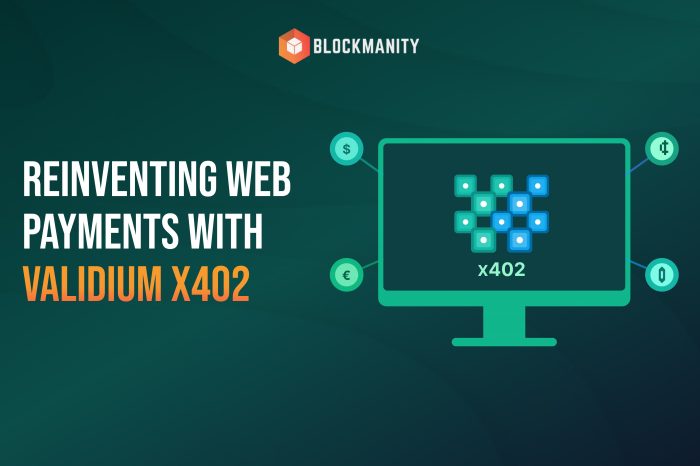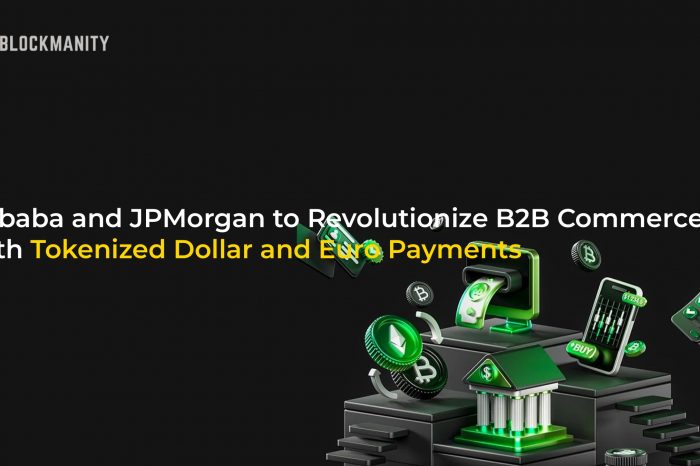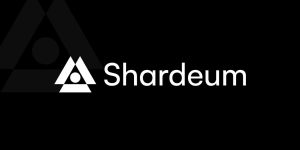Vitalik proposes the use of zk-SNARKs to scale Ethereum

Vitalik Buterin’s latest post on Ethereum Research, outlines an on chain scaling solution, without any additional layers, using zk-SNARKS, the encryption algorithm behind the popular privacy token ZCash. According to Vitalik, by using zk-SNARKS it is possible to scale Ethereum to 500 tx/sec.
In Vitalik’s solution, there will be 2 parties involved in the entire transaction,
- Transactors
- Relayers
Relayers will group multiple transactions into one transaction by creating ZK-SNARK to prove the validity and publishes the ZK-SNARK onto the blockchain. Everything will be managed by a Smart Contract. This way multiple transactions are stored on the blockchain in a highly compressed form.
Actually, what I propose does not have data availability issues. Here's a quick writeup:https://t.co/hRjhSyah0B
— Vitalik Non-giver of Ether (@VitalikButerin) September 22, 2018
Relayers would earn money through the group’s transaction fee. According to Vitalik, anyone can become a relayer, as every transaction is happening on the chain.
“There are two classes of user: (i) transactor, and (ii) relayer. A relayer takes a set of operations from transactors, and combines them all into a transaction and makes a ZK-SNARK to prove the validity, and publishes the ZK-SNARK and the transaction data in a highly compressed form to the blockchain. A relayer gets rewarded for this by transaction fees from transactors.”
What is zk-SNARK?
zk-SNARKs are a zero-knowledge proof encryption algorithm. That means after encryption, the data exists but what the data is never revealed. Properties of zk-SNARKs are,
- Completeness: if the statement is true, and the verifier and prover are honest, the proof is accepted.
- Soundness: if the statement is false, a cheating prover cannot convince an honest verifier that it is true, except with some tiny probability.
- Zero-knowledge: if the statement is true, a verifier does not learn anything beyond the fact that the statement is true.
- Succinct: The size of the proof needs to be small enough to be verified in a few milliseconds.
- Non-Interactive: Only one set of information is sent to the verifier for verification, therefore there is no back and forth communication between the prover and verifier.
- ARgument: A computationally soundproof: soundness holds against a prover that leverages polynomial-time, i.e. bounded computation.
- of Knowledge: The proof cannot be constructed without access to the witness (the private input needed to prove the statement).
Discuss this news on our Telegram Community. Subscribe to us on Google news and do follow us on Twitter @Blockmanity
Did you like the news you just read? Please leave a feedback to help us serve you better
Disclaimer: Blockmanity is a news portal and does not provide any financial advice. Blockmanity's role is to inform the cryptocurrency and blockchain community about what's going on in this space. Please do your own due diligence before making any investment. Blockmanity won't be responsible for any loss of funds.














